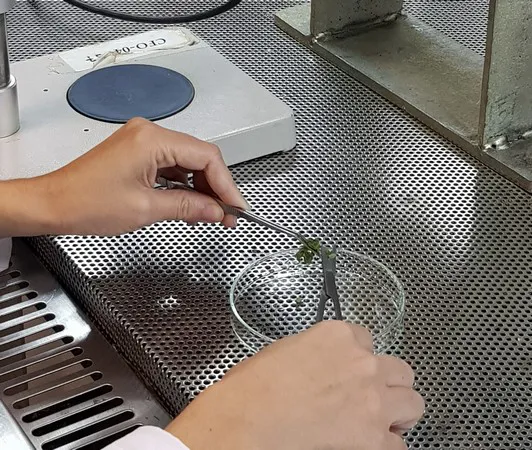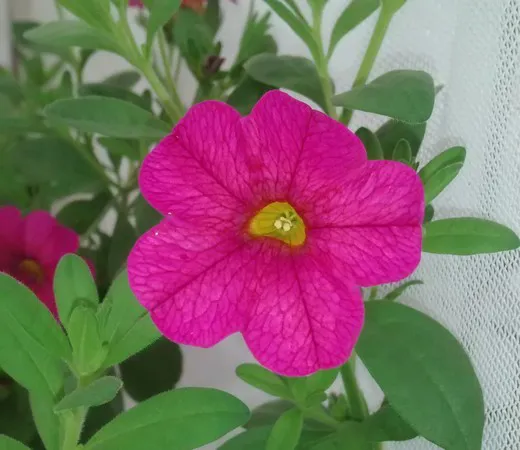Among the main problems affecting the cultivation of ornamental plants are infections caused by viruses, which affect quality and productivity parameters by staining leaves and flowers, as well as causing reduced growth and leaf wrinkling, among other symptoms.
This type of disease is perpetuated in crops due to the vegetative propagation of these plants.
The Floricultural Institute of the National Institute of Agricultural Technology (INTA-Argentina) worked on the production of virus-free plants under the PICT project "Technology for the production of mother plants with controlled quality and health", financed by the National Agency for Scientific and Technological Promotion. As a result, the Calibrachoa cultivars "Pampa Salmón INTA" and "Overá Fucsia INTA" have been successfully sanitized from Potato Virus Y (PVY).

Meanwhile, Alstroemeria, Seemannia and Glandularia are other genera currently undergoing the sanitation process. These advances will make it possible to obtain mother plants that guarantee health and, therefore, a higher quality production.
How are virus-free plants obtained?
Virus-free plants are obtained from the technique known as meristem culture. This small portion of tissue is planted in nutrient media that will allow the regeneration of a complete plant. The principle is based on the non-uniform distribution of viruses and their progressive decrease towards the apex. In turn, it is argued that the active cell multiplication that occurs in the meristems may explain the absence of pathogens in this tissue, leaving them at a disadvantage for their own multiplication. It is also believed that in the meristems there is the production of virus inhibitory substances, explaining the efficacy of the technique.

Written by Leticia Tombion, with the Floricultural Institute INTA in Argentine.
